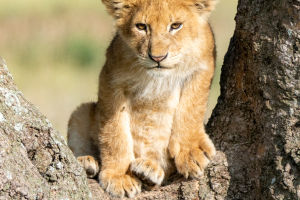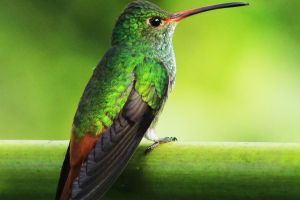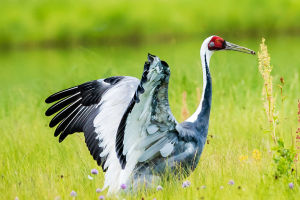Penguins, with their distinctive waddle and charming demeanor, have captured the hearts of people worldwide.
When you think of these endearing birds, our minds often conjure images of vast icy landscapes and the frigid waters of Antarctica.
While it's true that Antarctica is home to several penguin species, not all penguins reside on this frozen continent. In fact, penguins can be found in various regions across the Southern Hemisphere, each adapted to its unique habitat.
Antarctica, the southernmost continent, is undoubtedly the most iconic penguin habitat. Here, species like the Emperor Penguin, the largest of all penguins, brave the extreme cold and harsh conditions to breed and raise their young. The Weddell, Adélie, Chinstrap, and Gentoo penguins are also native to Antarctica, each carving out a niche in this icy realm. However, these aren't the only penguins on the planet.
Moving away from Antarctica, you find penguins inhabiting diverse environments, from temperate forests to arid deserts. South America, for instance, is home to the Humboldt Penguin, named after the cold, nutrient-rich Humboldt Current along the west coast of South America. These penguins can be found in Chile and Peru, where they nest on rocky shores and forage in the rich coastal waters.
The Galápagos Penguin, the only penguin species found north of the equator, resides in the Galápagos Islands, off the coast of Ecuador. This remarkable adaptation to warmer climates makes them unique among their counterparts. They seek refuge from the equatorial heat by nesting in shaded areas and relying on cool ocean currents for their survival.
Further south, the African Penguin, also known as the Jackass Penguin due to its braying call, inhabits the rocky shores and islands off the coasts of South Africa and Namibia. These penguins have adapted to a wide range of temperatures, enduring both hot summers and cold winters. However, factors like overfishing and habitat destruction have led to a decline in their populations, making them endangered.
New Zealand and its surrounding islands are home to several species of penguins, including the iconic Yellow-eyed Penguin and the Little Blue Penguin, also known as the Fairy Penguin. These species inhabit a variety of environments, from coastal forests to sandy beaches, demonstrating the adaptability of these birds to different habitats.
Across the Southern Ocean, in the subantarctic and temperate regions, we find species like the Macaroni Penguin, the Rockhopper Penguin, and the King Penguin. These penguins thrive in areas with milder climates compared to Antarctica but still face threats such as climate change and habitat degradation.
So, why do penguins inhabit such diverse environments? Evolutionary biology provides some insights. Penguins are believed to have evolved from flying birds that adapted to life at sea. Over millions of years, they diversified into various species, each suited to its specific ecological niche. Their ability to thrive in different habitats is a testament to their resilience and adaptability.
However, despite their remarkable adaptability, penguins face numerous threats to their survival. Climate change, overfishing, pollution, and habitat destruction are taking a toll on penguin populations worldwide. Rising temperatures and melting sea ice affect their food sources, while oil spills and plastic pollution pose direct threats to their health.
Conservation efforts are crucial to safeguarding penguin habitats and ensuring the survival of these beloved birds. Protecting marine sanctuaries, reducing carbon emissions, and promoting sustainable fishing practices are essential steps in preserving penguin populations for future generations to enjoy.
While Antarctica remains the quintessential penguin habitat, these charismatic birds can be found across a wide range of environments in the Southern Hemisphere. From the icy shores of Antarctica to the rocky coasts of South America and the subtropical islands of the Galápagos, penguins have adapted to thrive in diverse habitats, captivating you with their charm and resilience.


